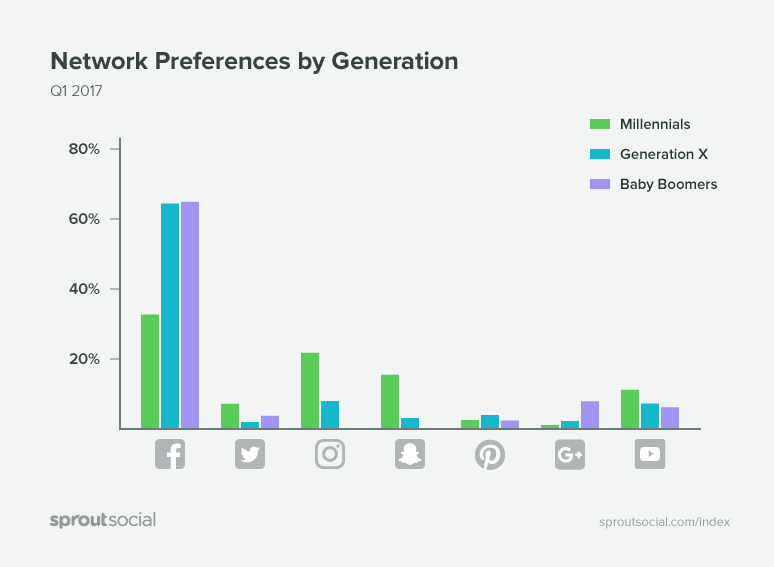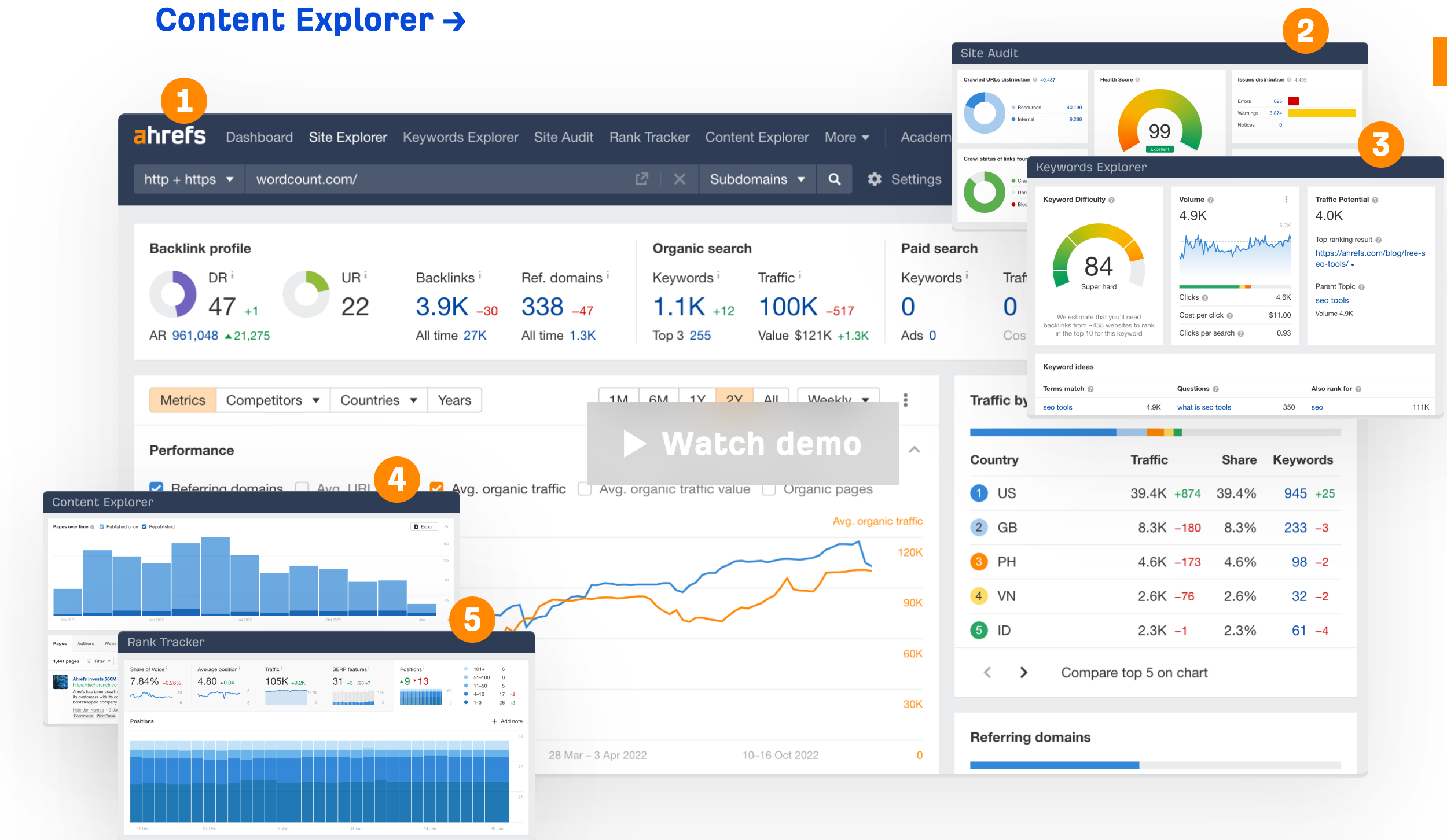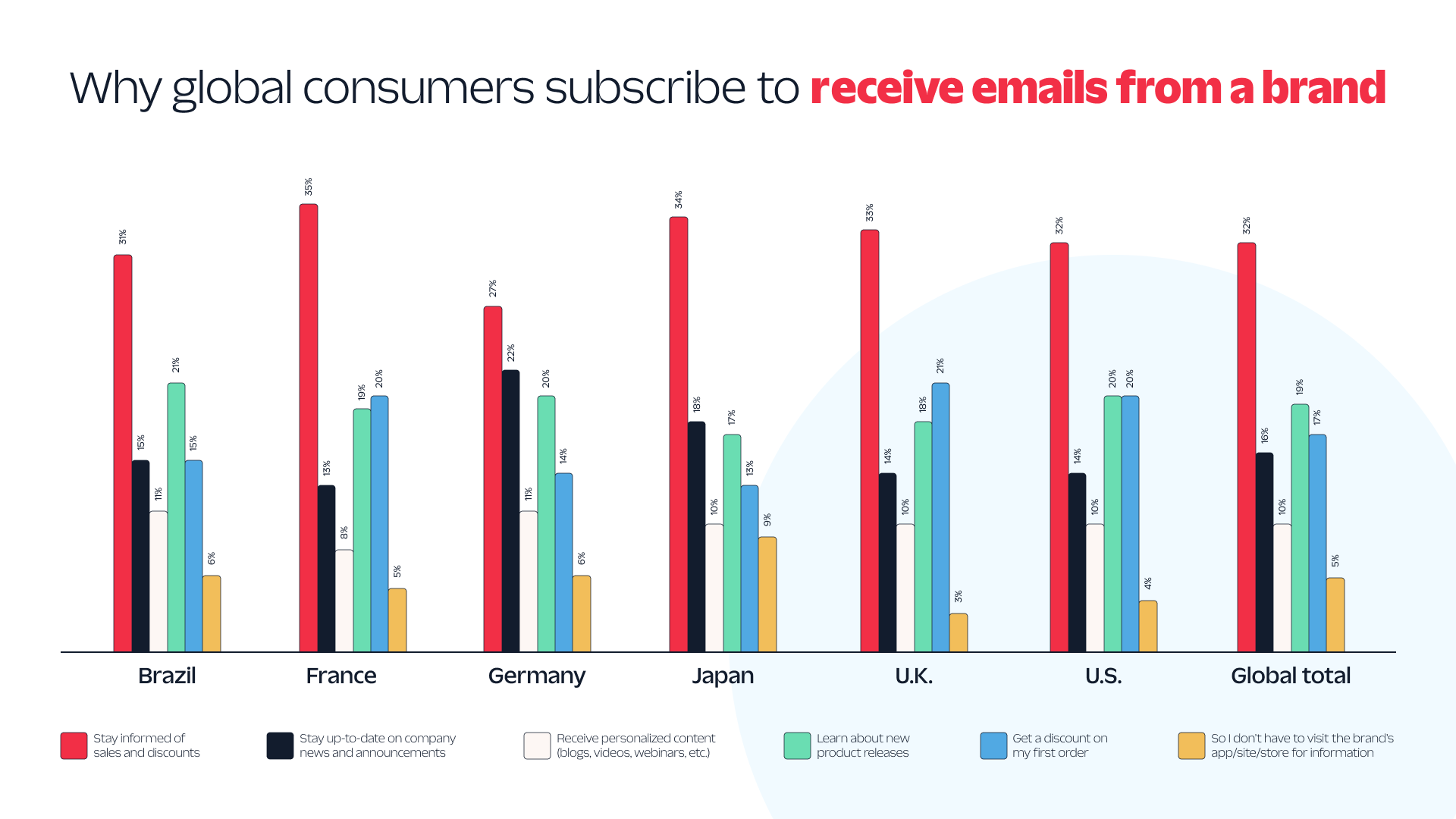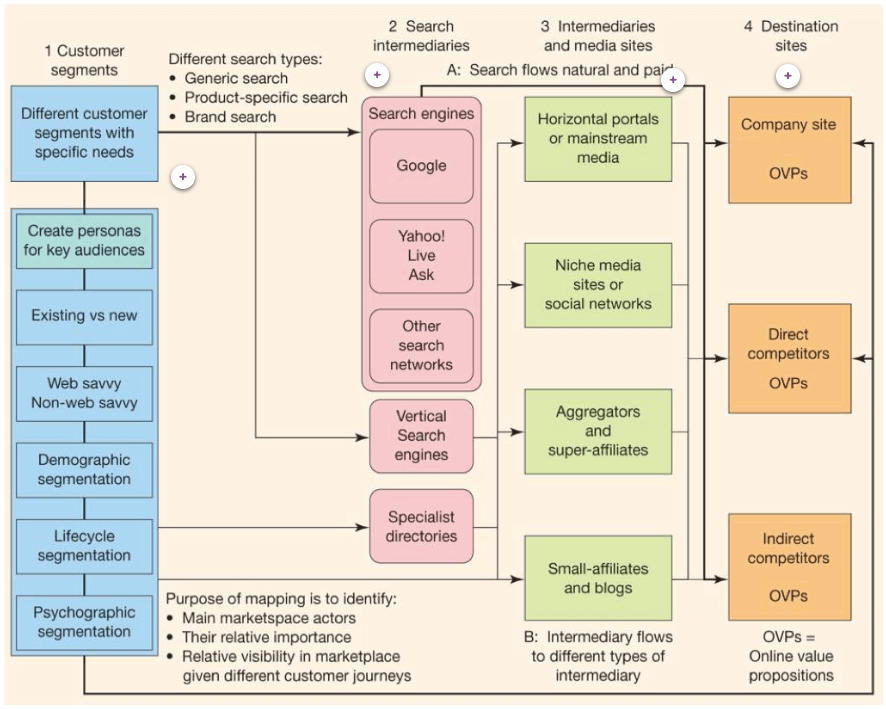Like casting a fishing line into a sea teeming with potential customers, finding the suitable marketing channel can feel equally thrilling and daunting. It’s akin to the excitement of gold prospectors in 1840s California, sifting through mountains of earth in the hope of unearthing that sparkling nugget of opportunity. Sounds familiar, doesn’t it?
Each year, businesses collectively spend over $1.3 trillion investigating the right channels for marketing, which, to put things into perspective, is akin to undertaking over 130 million trips to the moon and back.
In the midst of this colossal expenditure, what if I told you there’s an insider’s method to dispel the mist? This golden route to successful marketing expansion is no longer tied down to leprechaun-endorsed folklore. It’s ripe for the picking, waiting for you to seize this nugget of knowledge and make the most of it.
Unraveling the Mystery: 3 Steps to Identify the Right Marketing Channel
TL;DR:
- Knowing your target audience is the foundation for selecting the right marketing channels
- The alignment of your product/service with a specific channel is of supreme importance
- Resource assessment helps maintain an equilibrium between budget and channel effectiveness
1. Understand your target audience: The first step to channel selection
Let’s open up the conversation around knowing your target audience. This is of paramount importance when it comes to channel selection and ensuring you get the most return on your marketing spend. Successful digital marketing starts with a profound understanding of your target market.
Your target audience’s behaviors, tastes and preferences pave the way in understanding where they “hang out” online or offline and accordingly adjust your marketing strategies and choices.
For instance, if your demographic is the tech-savvy Gen Z, then engaging them on platforms like Instagram, Snapchat, or TikTok might be beneficial. On the other hand, LinkedIn or professional groups might be the go-to channels for B2B offerings or for targeting professionals and entrepreneurs.
Remember, don’t just make assumptions about your audience. True understanding comes from data analysis.

2. Analyze your product/service: Aligning offerings with the right channel
Next, let’s migrate our focus to analyzing and aligning your product/service to appropriate channels. The nature of your product or service plays an influential role in determining which marketing channels will be effective.
For instance, if you’re offering a visually enticing product such as fashionable clothing or home decor, showcasing it on visually-rich platforms like Instagram or TikTok might drive better results. A SaaS company, on the other hand, might require detailed explanations, demos, and reviews that could be better hosted on a website or shared via email marketing.
Understanding the unique selling proposition (USP) of your product or service and matching it with a channel’s characteristics can optimize your reach and engagement.

3. Assess Your Resources: Balancing Budget and Channel Effectiveness
Finally, let’s parse the aspect of resource assessment. Selecting a marketing channel is not only about understanding your audience and aligning your product. You must also assess your available budget, personnel, and other resources.
Guaranteeing a balance between adopting effective marketing channels and managing resources can pave the way for sustainable business growth. For instance, if a company is a start-up or small scale, they might not have the budget for TV advertisements. In such a case, effective use of social media marketing or email marketing might serve them better.
Here, the principle of ‘right effort, right result’ applies. Making targeted strides in the channels reachable by your budget and resources can yield better results, avoiding wastage of efforts and investment.
For small businesses and startups, artificial intelligence has leveled the playing field a lot. Companies who previously didn’t have the budget for an in-house writer to maintain a marketing blog can now use tools like Penfriend, to generate optimized and high-quality articles for a fraction of the price. This has opened up marketing channels that weren’t previously a viable option for many companies.

The Art of Evaluation: How to Measure Marketing Channel Performance
TL;DR:
- Defining and monitoring KPIs can transform your decision-making process
- The right tools are essential to accurately monitor channel performance
- Data-driven decisions, powered by key metrics, set the stage for exponential growth
Setting up Key Performance Indicators (KPIs) – The Metrics that Matter
Striding into the marketing landscape has a number of challenges, but without KPIs it’s equivalent to wandering without a map.
These are quantifiable measurements that impact business growth and are essential to judge the success of a marketing campaign. Deciding on and setting the ‘right’ KPIs helps ensure resources aren’t wasted on ineffective strategies, and these will vary based on specific marketing objectives.
Let’s look at some important metrics to monitor for each popular marketing channel.
Email:
- Open rate
- Clickthrough rate (CTR)
- Conversion rate
- Bounce rate
- Email forwarding rate
- Unsubscribe rate
Social media:
- Impressions
- Views
- Reach
- Followers
- Audience growth rate
- Reactions
- Comments
- Shares
- Saves
- Engagement
Website:
- Organic traffic
- Sessions
- Conversion rate
- Average time on page
- Bounce rate
- Unique visitors
- Keywords you’re ranking for
Monitoring Channel Performance: Tools and Techniques
Once KPIs are established, the spotlight turns to monitoring. Imagine running a shop, but not keeping a check on visitors, purchases, or profits. The thought seems absurd, right? Likewise, monitoring marketing channels is indispensable to ensure efficient spending, to discern what’s working and what needs fixing.
Fortunately, there are a multitude of tools available that simplify this process.These powerhouse tools gather data and provide vast insights into the channel’s performance. The key lies in choosing the one that parallels your requirements.
Some of the top tools for digital marketing channels include:
- Mailchimp: This tool is a fantastic option to gain access to a wealth of analytics and insights into your email marketing campaigns. Alongside tracking KPIs, Mailchimp can help organize scaled and personalized campaigns designed to convert.
- AHrefs:If you want to track both your and your competitor’s website content KPIs, then AHrefs is for you. The analytical data this tool provides seems endless, so you’ll be able to track just about anything!
- Hootsuite: This platform gives you real-time feedback on your social media performance. Detailed analysis of each post will highlight what you need to improve and what’s going well.

The Expansion Blueprint: How to Grow Your Business through Marketing Channels
- The importance of multi-channel marketing for business growth
- The key indicators for successful expansion into new marketing channels
- Case study dissecting how strategic channel selection can lead to business success
Diversifying your Marketing Mix: The Power of Multi-Channel Marketing
In today’s market landscape, an effective business strategy doesn’t cling to a single marketing channel. Rather, success is often found through several marketing channels – a strategy known as multi-channel marketing. With multi-channel marketing, businesses can meet customers where they are, offering multiple touchpoints for engagement and ultimately, conversion.
This kind of marketing provides a robust foundation for business expansion. Diversifying your marketing mix not only maximises reach but also mitigates risks.
If one channel fails to perform, your business isn’t left in the lurch. It’s a strategy that embraces flexibility and dynamism, two essential factors in a rapidly evolving market landscape.

Scaling up: When and How to Expand into New Channels
Scaling up is often an exciting yet daunting phase for any business. Knowing when and how to expand into new marketing channels is crucial. The first sign to look out for is when you’ve depleted the potential of your current channels. If you’re not gaining new leads or if the return on investment is stagnant or slipping, it might be time to explore new arenas.
Investing in market research is vital when considering expansion. Understanding the demographics, preferences and behaviors of potential customers on different channels will guide your adaptation process, ensuring your marketing message remains engaging and relevant. Remember, different channels cater to different audiences and content and often require variances in messaging.
To get started, repurpose your best-performing content on other channels. For example, if you’ve got a blog post that attracts lots of visitors to your site every month, then you know the topic is a popular one among your target audience. So, if you want to branch into visual content on TikTok or Instagram, record a video that summarizes that information in an engaging and fun way.
You can continue this process until you have the following or the resources to prioritize making original content for your new marketing channel.

Benefits of a Multi-Channel Approach
So, is it worth branching out? Of course it is! If you need more convincing, here are some of the main benefits to consider:
- Increases the opportunity of purchase: providing customers the convenience to buy wherever and whenever they prefer.
- Increases customer satisfaction: enhanced customer engagement, higher conversion rates, and increased customer lifetime value.
- Allows businesses to gather valuable customer data across different platforms: This refines the insights essential for cultivating a personalized customer experience. A tailored experience further bolsters customer satisfaction and loyalty, contributing significantly to long-term business success.
After all, customers who interact with brands across numerous platforms show greater brand loyalty and spend up to 4x more than single-channel consumers. You can’t argue with the figures!
Best Practices for Implementing a Multi-Channel Strategy
However, to make sure your business reaps the benefits of multi-channel marketing, it’s essential to follow these best practices.
- Mining and analyzing customer data are paramount: Identifying the platforms where your target audience is most active can substantially enhance engagement rates.
- Keep your brand voice consistent across all channels: This will boost brand recognition.
- Relevance of the content provided: Tailored content according to the platform can significantly increase engagement and return-on-investment.
- Break down the silos. Integrating different marketing channels can lead to an orchestrated customer journey resulting in a holistic brand experience. A customer today might discover your product through an Instagram ad, research more on your website, and finally make a purchase through your online store. By linking these channels, a seamless process is created that enhances the customer’s buying journey.
- Ensure all teams within the company understand and contribute towards the multi-channel strategy: This alignment ensures departments are synchronized, aiding in more effective decision-making and fostering an engaging and consistent customer experience.
- Don’t be static: A multi-channel strategy should evolve just as rapidly as your customer expectations do. Regular monitoring, testing, and readjusting can transform your multi-channel endeavors into a potent driver of business expansion and success.

Case Study: Successful Business Expansion through Strategic Channel Selection
Understanding theory is one thing, seeing it in action is another. Let’s take a look at a case study that encapsulates the power of strategic channel selection in business expansion.
In the earlier stages of their enterprise, HubSpot found significant success through SEO (search engine optimization) with their blog, the Service Hub, which was set up in 2014. As they grew and sought newer markets, they recognized the need to broaden their horizon and continue the upward trajectory. After identifying their target demographics and where they spent their time, they decided to venture into YouTube content, creating their channel in 2015.
By leveraging their knowledge on the customer profile, they crafted engaging videos that resonated with potential customers and expanded on articles and guides that received a lot of traffic. With 110,000 subscribers, we’d say this was a successful venture into video marketing!
The success of HubSpot underlines the power of strategic channel selection. By selecting digital marketing channels based on thorough research and careful analysis, you can ensure the most effective use of your marketing resources, boosting both reach and ROI. And now, bolstered by the success of YouTube, they’re sharing short, funny videos designed for social media, like the one below!
Supplementary Information
- Unpack the concept and evolution of marketing channels as strategy instrumental
- Understand how the right channel choices fuel business growth
- Learn how to tackle the common obstacles in channel selection
- Spotlight on the emerging trends shaping the future of marketing channels
What is a Marketing Channel?
We explore marketing channels, a core component in the delivery of products or services from manufacturers to consumers. Essentially, they are the path a product takes on its journey from the producer to the end user; an integral part of any thriving marketing strategy.
In further depth, these channels involve various intermediaries like wholesalers, distributors, and retailers, each performing specific functions that add value to the product. They hold the power to influence customer satisfaction, revenue, and overall business success.
The Evolution of Marketing Channels: From Traditional to Digital
The landscape of marketing channels has gone through an amazing transformation. Traditional channels, including direct mail, print, and broadcast media, have given way to digital channels like email, social media, and websites.
This shift was driven by the rise in digital technology, changing consumer behaviour, and the aspiration for personalised, anywhere-anytime engagement. Today, businesses have a blend of both in their strategy, providing a holistic customer experience.
The Role of Marketing Channels in Business Growth
Marketing channels are the backbone of effective growth strategies in businesses. They help to reach a larger target audience, facilitate easy availability of products, and establish a closer customer-manufacturer relationship.
Plus, selecting the right channel mix can significantly improve market expansion and profitability. In addition to sales, they provide pathways for feedback, cementing customer loyalty and paving the way for product innovation and improvement.
Common Challenges in Channel Selection and How to Overcome Them
Selecting the right marketing channel is fraught with challenges. Issues range from choosing the best fit for your target audience to budget constraints, performance measurement, and ensuring consistent brand messaging across channels.
Overcoming these is often a blend of data-driven decision-making, a keen understanding of customer behavior, and a readiness to adapt and realign strategies.
Future Trends in Marketing Channels: What to Expect in the Coming Years
The world of marketing channels is ever-evolving, fueled by advancements in technology and shifts in consumer expectations. Expect an increasing focus on personalization, driven by AI and Big Data. Also, with the rising concern for data privacy, channels offering secure customer engagement will be in high demand. Lastly, the integration of offline and online channels, known as omnichannel marketing, will define the evolution in the coming years.
By understanding and adapting to these forthcoming trends, businesses will be well-prepared to seize new opportunities, enhance customer experiences, and ultimately, drive growth.
Heading into New Horizons: Your Marketing Channel
Understanding the elements of expanding into the right marketing channel has journeyed from recognizing its importance, evaluating your business needs, measuring potential channel effectiveness, to executing a strategic plan.
Owning this knowledge places you light-years ahead of the competition. The power lies in your hands to harness your unique business potential and navigate through the marketing channel that best suits you.
Armed with your newfound insight, put pen to paper and draft that strategic plan. Evaluate your channels. Roll out a trial-run on the most promising ones. Measure, adjust, adapt – and then – expansion should be as natural as breathing.
How will the evaluation of your current marketing channels change the direction of your business?
So, hit the ground running. Make the marketing universe your playground and remember, the star of your show is your strategic plan. Let’s get creating.

